Are you one of the 68% of marketers who have had their budgets cut?
Times are tough out there for marketers due to ongoing economic instability.
Many companies react to uncertain financial circumstances by cutting marketing budgets, even though HBR believes this can often be a “knee-jerk reaction” that is “misplaced”.
Despite this, marketing budgets have dropped to just 9.1% of total revenue in 2023, down from 9.5% the year before.
However, when done right, marketing can drive economic resilience in a company, and forward-thinking marketers can invest their budgets in long-term growth.
Are you ready to win the battle against shrinking budgets, diminished resources, and the ever-increasing expectations for marketing and grow revenue for your business?
Then read on because this article outlines how your marketing team can contribute to growing your company’s revenue – even if you have a reduced budget or fewer resources.
5 ways marketing teams can contribute to revenue growth
We cover strategies you should consider and practical tactics you can use as soon as today to help grow revenue for your business.
But first, let’s start by concentrating your marketing efforts on the right people.
1. Lock in and focus on your Ideal Customer Profile
An ideal customer profile, or ICP for short, is a critical part of marketing.
Get this right, and you’ll have a clear picture of exactly who will be most likely to buy your product, stick around as long-term customers, and be most profitable to service.
A focus on ideal customer profiles can have a huge impact on revenue growth.
This is because 71% of companies that regularly exceed their revenue and lead goals use ideal customer profiles as a key part of their sales and marketing processes.
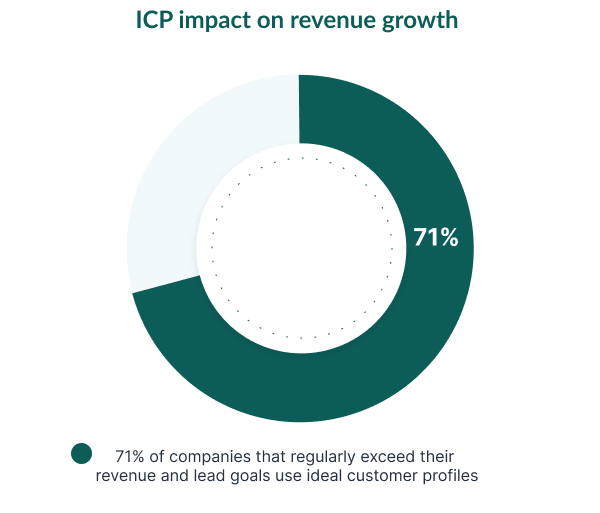
The challenge is that marketers have a history of using resources to create poor-quality leads, 50% of which are usually a bad fit for your organization.
With marketing budgets being squeezed and marketing performance being put under increasing scrutiny, the goal for marketing teams has changed.
It’s not about producing any interest in your product anymore, it’s about creating the right kind of interest from your ideal customers.
Locking in your ICP will help you determine the types of campaigns, tactics, and approaches you should use to maximize your marketing budget.
2. Review your CRM data
While 57% of marketers believe they don’t have sufficient information to build effective ideal customer profiles – they might be mistaken!
Everything you need to know about who your ideal customers are and how to target them is available in your CRM solution.
When reviewing the data in your CRM, ask yourself the following questions:
- Who are the most profitable and successful customers you currently serve?
- Where did the leads come from when you originally signed them?
- How many ICP leads did you generate from recent marketing campaigns?
From there, you can determine the changes you need to make to improve the percentage of ICP leads – and in this way contribute towards revenue growth.
But when you generate these ICP leads, what else can you do to support the sale?
3. Create and share the right content with sales teams
As a marketer, you shouldn’t just be thinking about creating content to attract someone to become a lead.
If you’re serious about making quantifiable contributions to revenue growth, you should consider how you can support your sales team in driving that lead through the pipeline.
Because B2B buyers now go through at least 57% of the buying journey themselves (i.e. without the intervention of a sales rep), marketing content can be critical for sales, too.
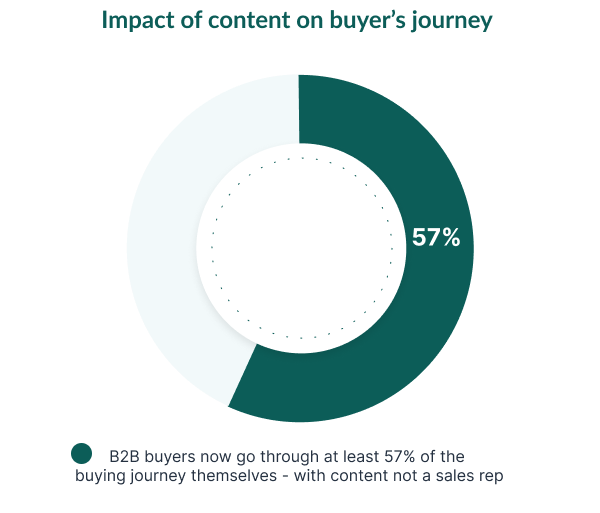
One great way to achieve this is by creating relevant content specifically for each of your ideal customer profiles and the key stakeholders making a buying decision.
This “customer journey marketing” collateral can include, but is not limited to:
- Product brochures and data sheets targeted at different stakeholders
- Case studies from similar customers
- Sales pitches, slide decks, or other supporting materials
- Personalized email marketing campaigns
You can then upload all the relevant content directly into your CRM, so you can share it with your sales team to help them close more ICP deals.
Content doesn’t have to be about documents and slide decks though. Successful marketers think more when it comes to content.
4. Host events specifically focused on your ideal customers
80% of B2B buyers prefer to learn about your product through content rather than advertising.
The trouble is, even the best-written content isn’t as engaging as listening to someone speak or having a conversation with them.
So, to complement the case studies, sales pitches, and data sheets they’ve already produced, savvy marketers will create events specifically aimed at their ideal customers.
Producing focused events, whether in person or online, helps you create compelling content that meets the exact needs of your ICP and compels them to buy.
To help you focus on promoting your event to the right audience, you can use your CRM to create segmented lists of leads and prospects.
From there, you can also use your CRM to send email campaigns inviting these specially selected contacts to your event and track their engagement and attendance.
Of course, it’s not just new prospects that you can target with ICP campaigns.
Many of your existing customers will also fit your ideal customer profile and might be an untapped source of expansion revenue you can also market to.
With these groups of current customers, you can also use methods like retargeting ads to promote your events and market upsell or cross-sell opportunities to them.
Whatever approach you choose, it’s important to measure its effectiveness properly.
5. Leverage and improve owned marketing channels
51% of marketers admit to using 8 or more channels as part of their marketing approach, compared to another survey which found that 52% use just 3-4 marketing channels.
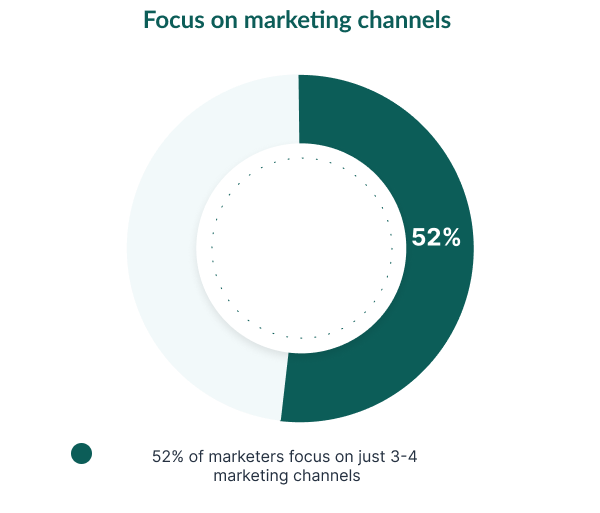
While typical marketing channels can include anything from pay-per-click ads to social media, there are three key channels that you own that you should focus on:
- Website
- Email marketing
- Automation
These owned channels are important because not only do you have full control over them, but your prospects who use them already know, like, and trust you.
Growing and improving these channels can significantly increase marketing’s contribution to revenue growth by increasing leads and helping close sales.
But what should you do to use and improve your owned marketing channels?
Website. Having a static website is not enough. You need to make it work for you in order to attract interest from relevant prospects who match your ICP.
To help you maximize the potential of your website, there are a number of questions you should look to answer, including:
- Take the time to look closely at your website, does the messaging resonate with your ideal customer profile?
- What about your contact forms and demo request forms, are they easy to use and inviting to fill in?
- Have you provided enough content for prospects at every stage of the customer journey?
- What else can you do to get more qualified leads that meet your ICP?
By rethinking your approach to your website and web forms, you stand to increase your chances of generating and closing qualified leads that help grow revenue significantly.
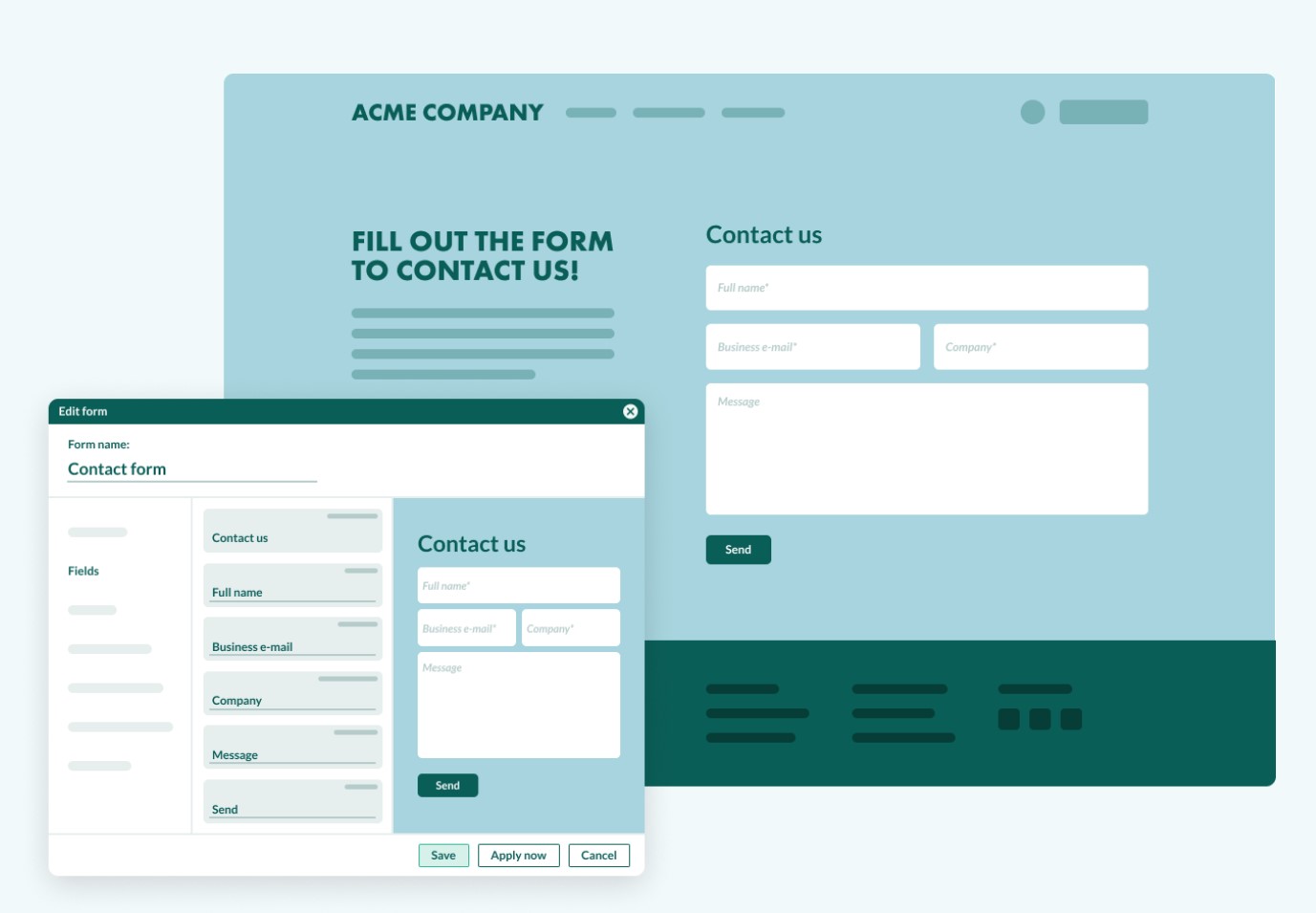
Email is one of the most powerful tools a marketer has at their disposal. However, compared to channels like social media, email is often sidelined for being “old-fashioned”.
The truth, though, is that the average open rate for emails is 21.33% across all industries, while welcome emails get opened by a staggering 64% of people.
There are several ways you can leverage and improve your email marketing efforts in order to help grow revenue. These include:
- Auditing your current campaigns. What types of email are you sending? Are they converting?
- Who are you sending emails to? How often do you send them?
- Have you segmented your email lists to ensure you’re sending targeted messages?
- Does the content need to be optimized or improved?

Automation allows you to send personalized marketing campaigns and experiences that are “always on” and working for you “around the clock” to nurture leads.
But once you have a prospect's email address, what can you do to help contribute to revenue growth?
To help make sure you’re getting the most out of marketing automation and leveraging it to help impact revenue growth, try asking the following questions:
- Have you set up personalized automation campaigns for each unique ICP or key stakeholder?
- Have you considered which part of the buyer's journey your audience is in and adapted the content and approach accordingly?
- Does the cadence of your automation mirror the intent of your audience and the average length of sales cycles in your industry?
- What types of automation campaigns have you tried? Can they be improved or optimized?
While the thought of connecting all the dots between web forms, emails, and automation may seem difficult to manage, don’t worry, this is where technology can support you.

CRMs, like SuperOffice, can help you make the most of your owned marketing channels, including automation.
This is thanks to powerful web form, email, and automation tools that help you optimize marketing campaigns and review the results in real-time.
It’s time to rethink how you track marketing performance
Most marketers claim to measure the effectiveness of their efforts only on an ad hoc basis, with only 13% of brands investing in ongoing tracking.
This approach to tracking performance can mean you’re spending too much money on marketing that doesn’t work, which negatively affects revenue growth.
Successful marketing isn’t just about generating traffic and leads – they focus on the right kind of qualified traffic and leads.
So, when measuring marketing performance, you should be asking yourself questions like:
- Is our ideal customer profile visiting our website?
- How long do our ICPs spend on our website?
- Are we consistently increasing the number of ICP leads we’re generating?
From there, you can understand if your marketing resonates with or falls short of the types of customers who are more likely to buy from you and work with you long-term.
Particularly when using your CRM, there are a number of checks you can perform to make sure that your marketing efforts are contributing to revenue growth, including:
- How are marketing-generated leads performing vs. sales leads?
- What are the key sources for leads that turn into sales?
- How well are our email campaigns nurturing leads?
From there, you can do more of the things that work (and less of those that don’t).
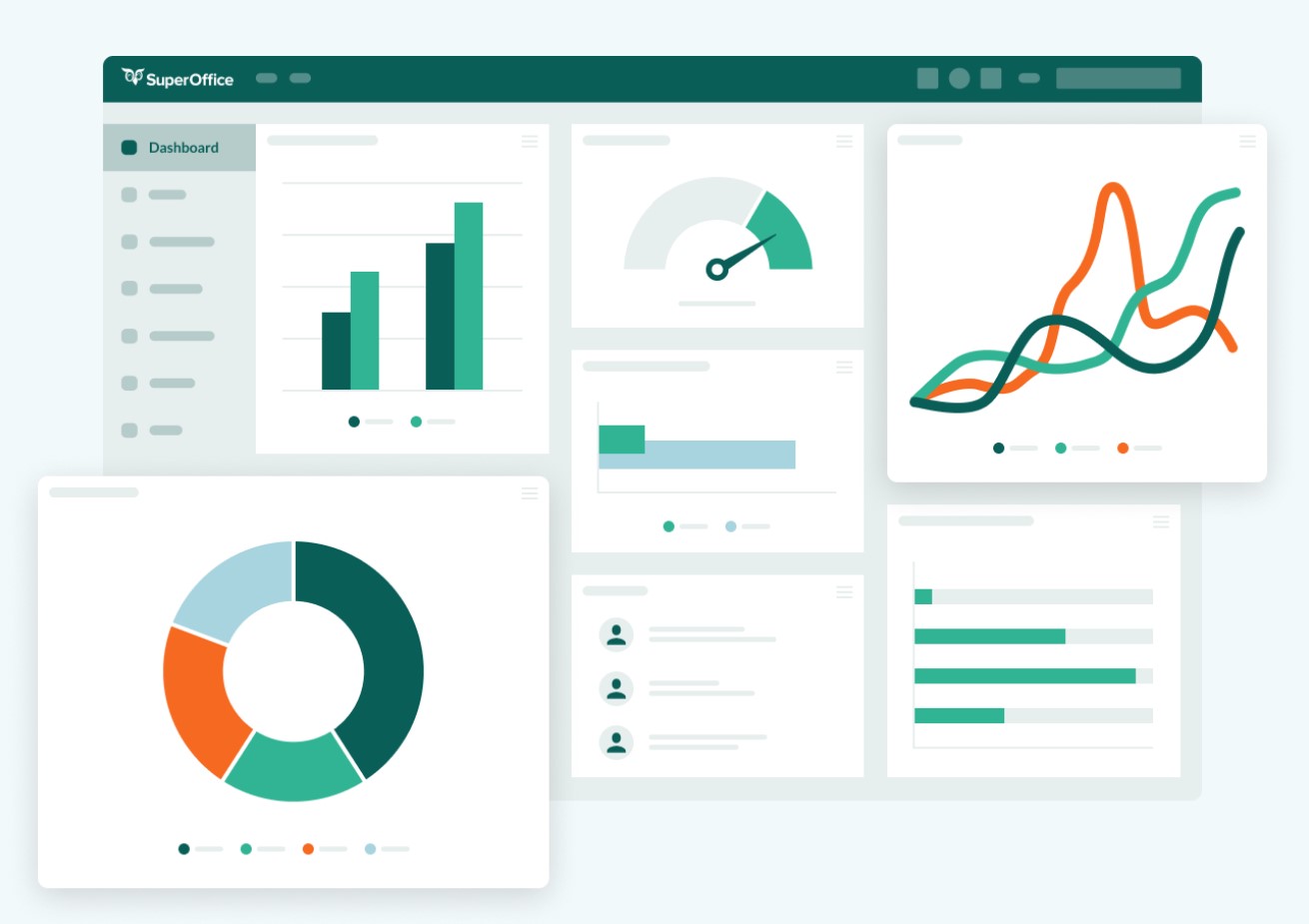
How a CRM platform helps marketers grow revenue
As a marketer, you should focus most of your efforts on your ICP.
Doing so will help you:
- Maximize the impact of your marketing budget
- Get more of the right eyeballs on your website and content
- Increase the number of leads you get from ideal customers
- Increase the chances of selling and keeping customers
- Contribute directly to revenue growth
However, you need the right tools in place to help you target the right groups of people, launch campaigns, and measure results.
A CRM platform can help you manage highly targeted marketing campaigns aimed at your ICP that lead to sales results and boost revenue.
Without a CRM, you will struggle to understand who your ideal customers are, find it hard to measure the success of your ICP campaigns, and waste time with low-quality leads.
With SuperOffice CRM, you can:
- Build an ongoing picture of your ICP and track efforts to target them
- Share the right kinds of content to help your sales team close deals
- Run campaigns designed to target your ICP and boost revenue
- Monitor the performance of your marketing campaigns and impact on sales
Ready to add more qualified leads to your pipeline and contribute to revenue growth with SuperOffice CRM?
Book a demo of SuperOffice CRM today and learn how to manage all your sales and marketing leads and activities from one CRM platform.



